Welcome to the Letter Faa
Thuluth Calligraphy section of the Letter Animation Studio
On this page, you will find a detailed breakdown of the Faa’s structure, its individual parts, and the precise technique required to craft it in the Thuluth style.
Anatomy of the Letter Faa
The letter Faa in Thuluth consists of the following key parts:
Full Animation of Faa
The Faa (ف) is a graceful and structured letter in the Arabic script, renowned for its balanced proportions and flowing curves. In Thuluth calligraphy, the Faa embodies harmony and elegance, requiring careful attention to detail. Composed of four distinct strokes, each part of the Faa plays a crucial role in defining its unique character.
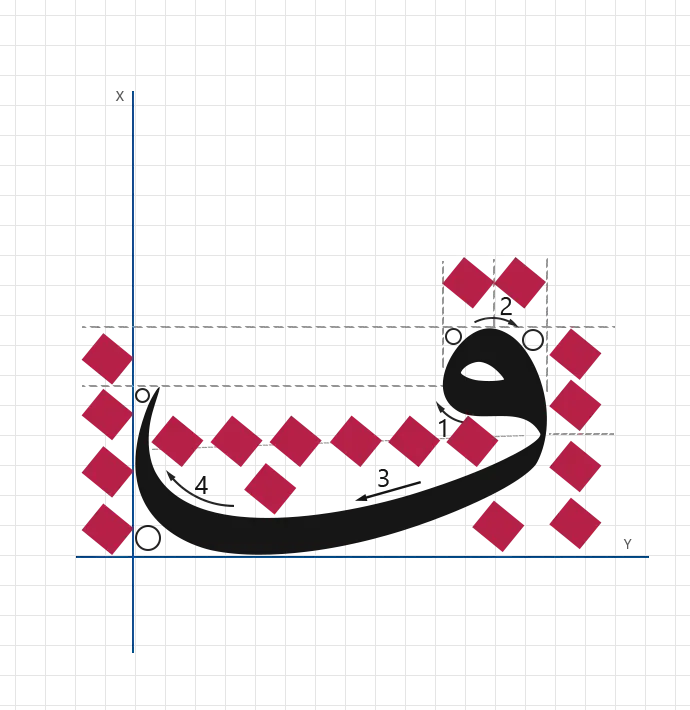
1.First Stroke
Begin with a vertical stroke at a 90° angle, establishing the foundational structure.
The stroke measures 2 nuqtas in height and 2 nuqtas in width, forming the base of the Faa.
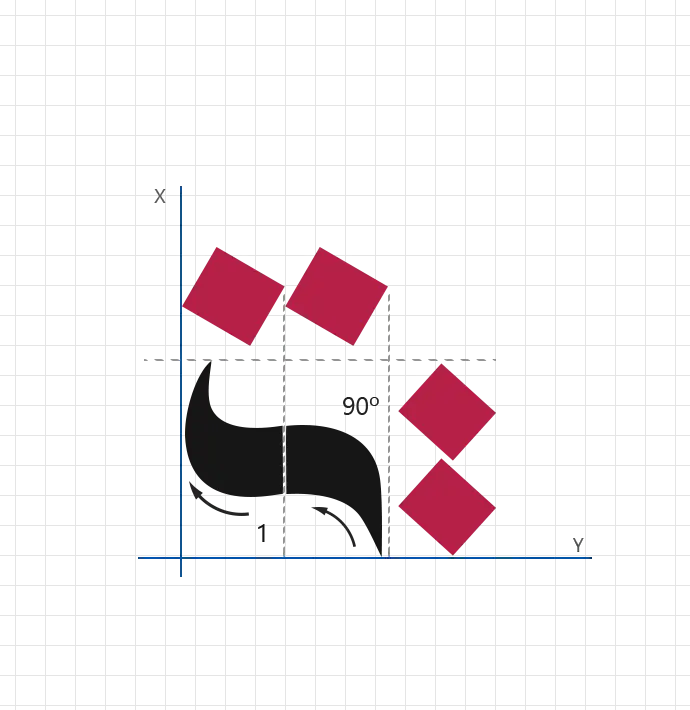
2.Second Stroke
Add a second vertical stroke, also at a 90° angle, aligned symmetrically with the first.
This stroke mirrors the first, measuring 2 nuqtas in height and 2 nuqtas in width, creating balance.
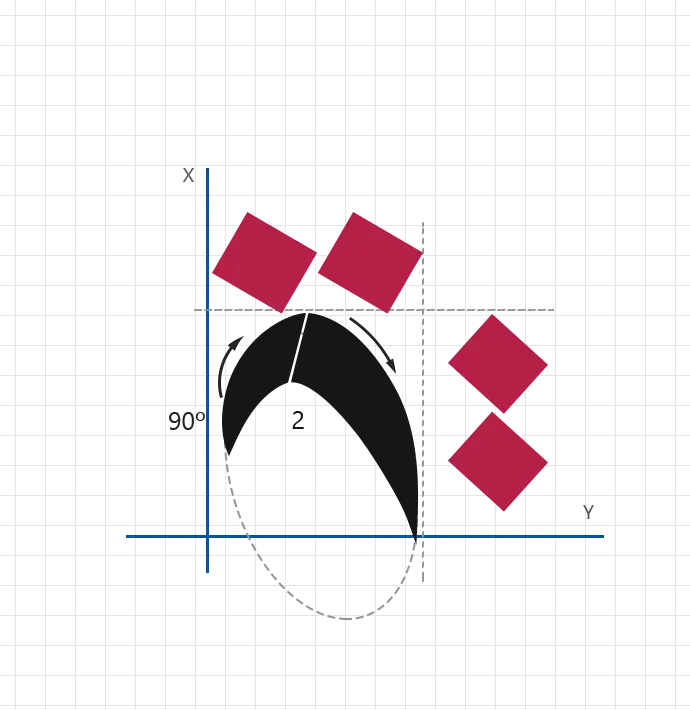
3.Third Stroke
Shift to a 75° angle for the third stroke, introducing a dynamic curve.
This stroke spans 2 nuqtas in height and 4 nuqtas in width, forming the rounded upper body of the Faa.
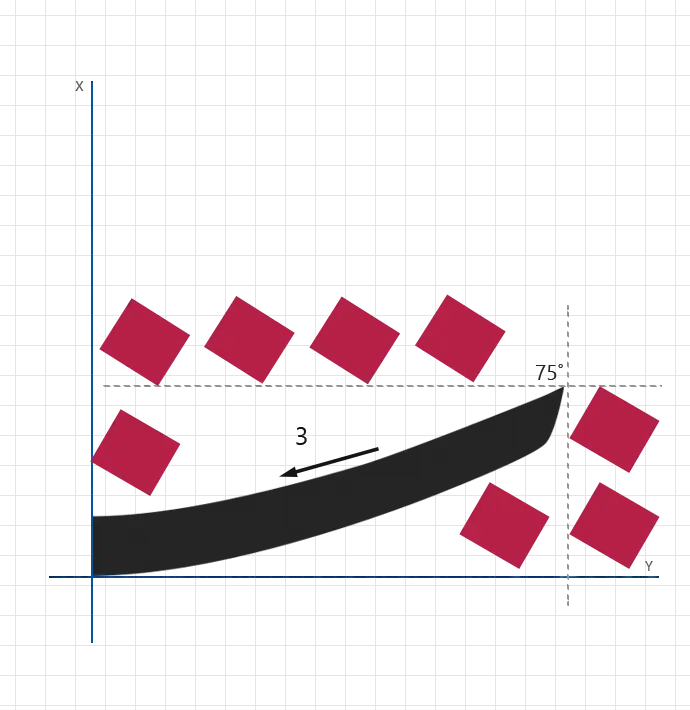
4.Fourth Stroke
Conclude with another 75° angle stroke, slightly elongated for a flowing finish.
The dimensions are 3 nuqtas in height and 2 nuqtas in width, completing the letter with a refined and elegant flourish.
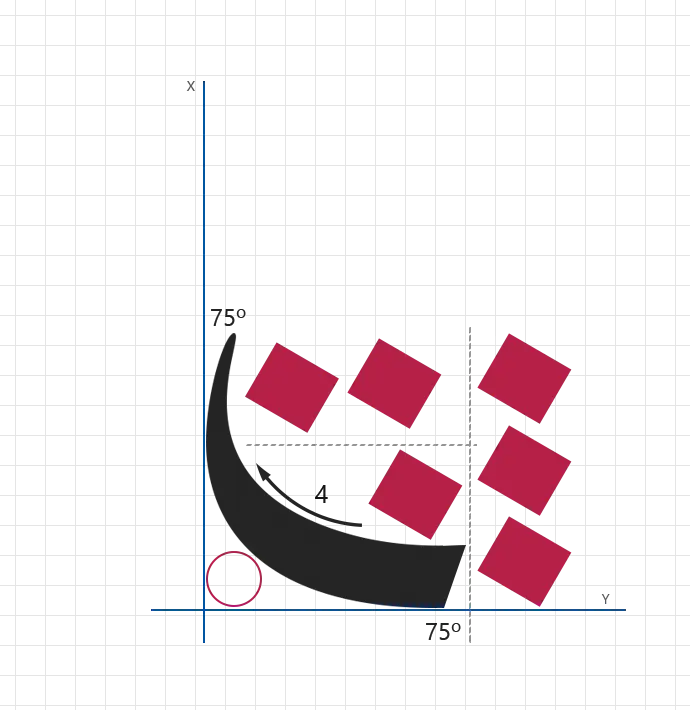
Guidelines for Letter Mastery
The "Guidelines for Letter Mastery" table provides a clear and systematic approach for students to practice and refine their Arabic calligraphy skills. It outlines each step, the recommended time allocation, and detailed descriptions to ensure effective and focused practice sessions. This table is designed to help students build consistency, master letter proportions, and develop a strong foundation in Arabic calligraphy.
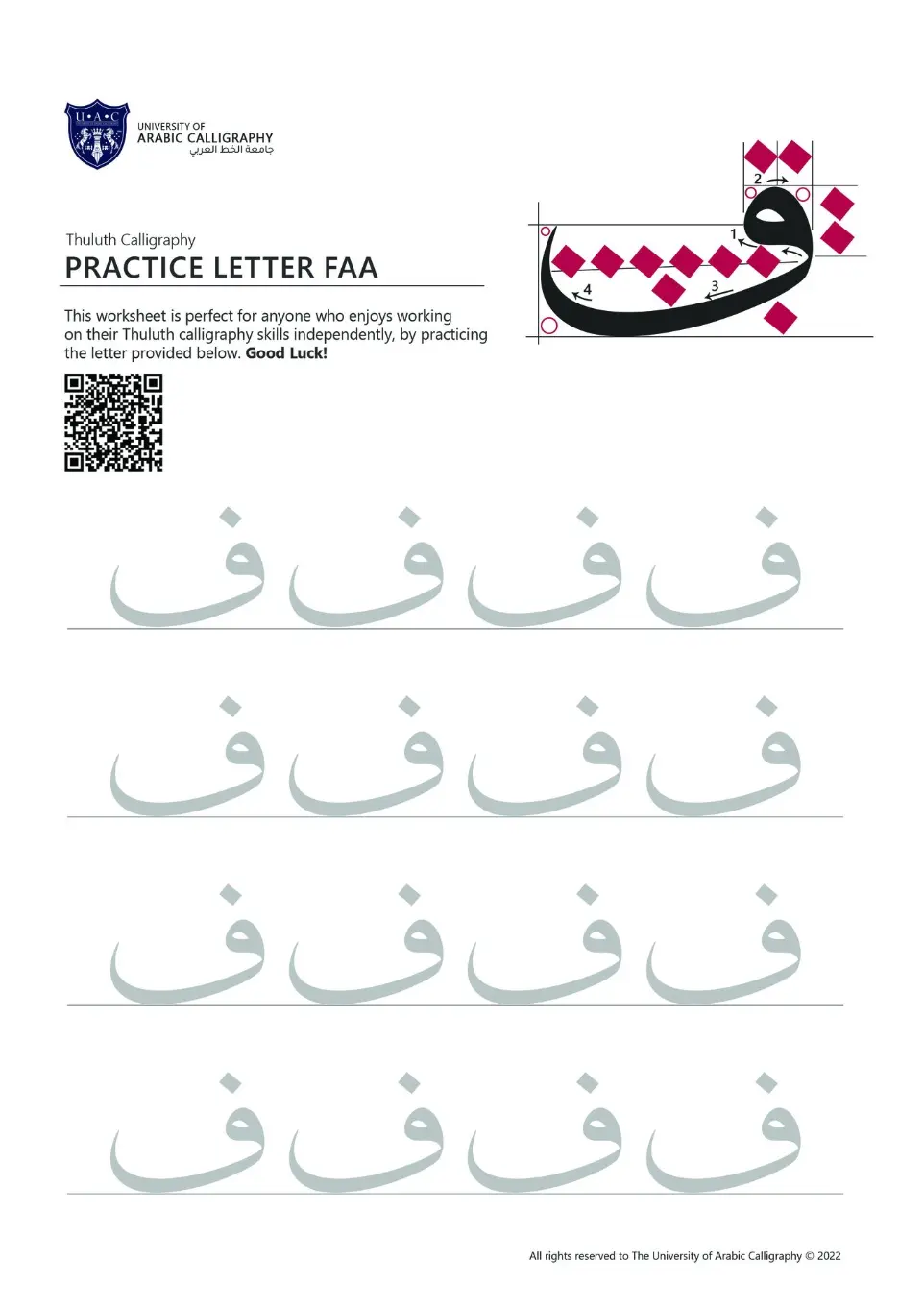
Personalized Feedback at UAC
At the University of Arabic Calligraphy (UAC), your growth as a calligrapher is our priority. Our instructors provide personalized feedback and precise corrections on your submitted worksheets, helping you refine every stroke with confidence.
When you complete your practice, upload your work through the link below to begin your assessment.
Our expert reviewers will carefully study your submission, offering detailed guidance to enhance your technique, consistency, and artistic expression.
This interactive experience ensures you are never practicing alone you are learning alongside a dedicated community that values excellence in Arabic calligraphy. Continue your artistic journey with UAC and advance toward mastery in this timeless art.




